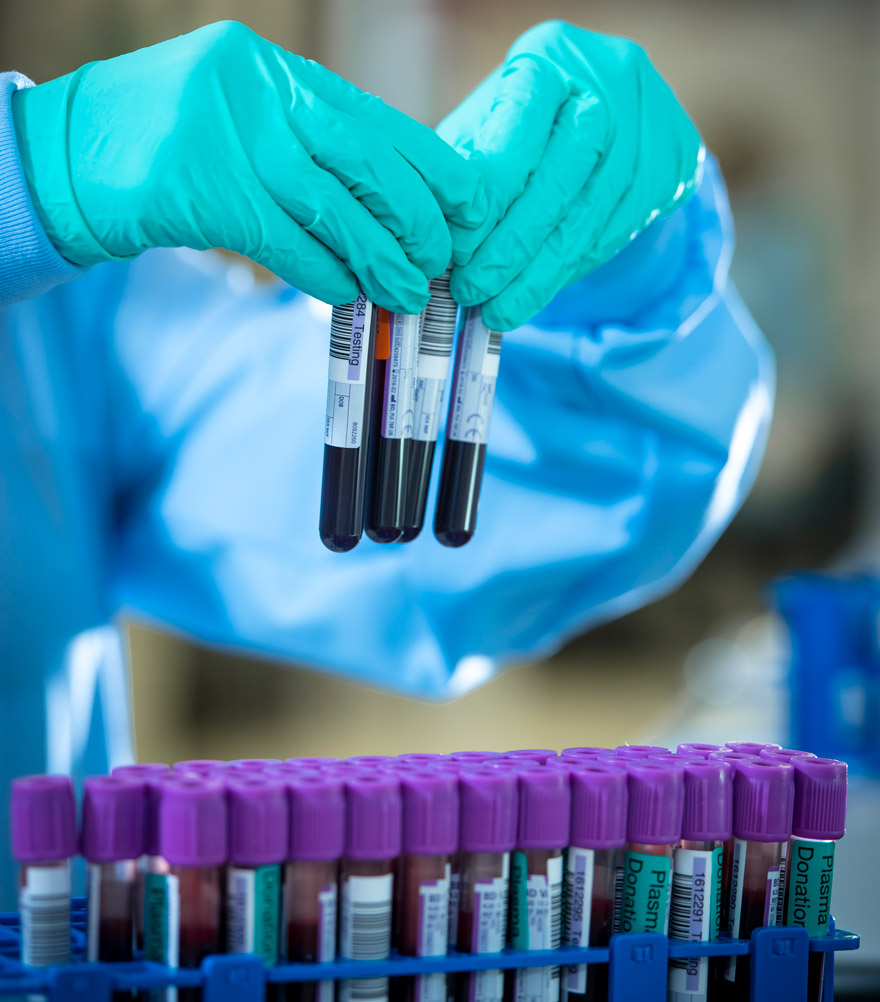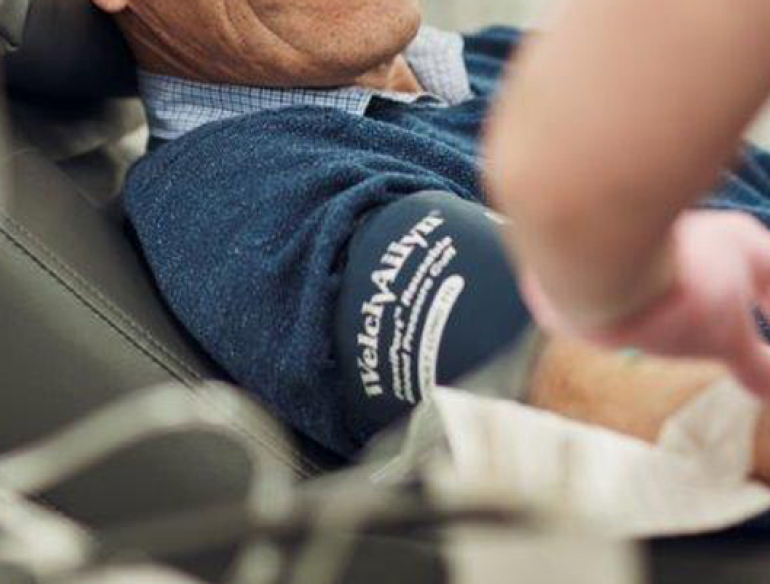- At least 17% of Australian adults are estimated to have recently had COVID-19 by the end of February 2022
- Adults aged 18-29 had the highest proportion of antibodies to SARS-CoV-2, the virus that causes COVID-19
- Queensland had the highest antibody positivity rate, while Western Australia had the lowest
- The next blood donor survey and a paediatric serosurvey have commenced and will provide an updated snapshot to mid-June 2022
It is estimated that by the end of February 2022 at least 17% of the Australian adult population will have been infected with SARS-CoV-2, the virus that causes COVID-19, according to results released today from Australia’s most recent serosurvey of antibodies to the virus in blood donors. The vast majority of these infections are believed to have occurred during the Omicron wave that began in December 2021. Based on survey results, the proportion of people infected was at least twice as high as indicated by cases reported to authorities by the end of February 2022.
The serosurvey was conducted by the National Centre for Immunisation Research and Surveillance (NCIRS) and the Kirby Institute at UNSW Sydney in collaboration with Red Cross Lifeblood, Victorian Infectious Diseases Reference Laboratory and other research partners.
The highest proportion of adults with antibodies to SARS-CoV-2 was in Queensland (26%), followed by Victoria (23%) and NSW (21%), while WA had the lowest (0.5%).
The serosurvey method detects higher proportions of infection than routine surveillance based on cases diagnosed and reported at the time of infection, which misses people who didn’t present for a test, or whose positive test result was not reported to authorities.
The national antibody survey was conducted in late February-early March 2022, approximately 6 weeks after the peak of the Omicron wave in NSW, ACT, Queensland and Victoria and prior to substantial transmission in Western Australia.
"The general pattern of antibody positivity in blood donors was consistent with the pattern in reported cases to the end of February 2022: NSW, Victoria, and Queensland having had big outbreaks, and WA having very limited community transmission," says Dr Dorothy Machalek, lead investigator on the project from the Kirby Institute. "Similarly, young blood donors had the highest rate of infection, matching higher reported case numbers in this age group."
 Image credit: Australian Red Cross Lifeblood
Image credit: Australian Red Cross Lifeblood
Researchers examined 5,185 de-identified samples from Australian blood donors aged 18–89 years for evidence of COVID-19-related antibodies. Two types of antibody to SAR-CoV-2 were tested: Antibody to the nucleocapsid protein provides an indication of past infection, while antibody to the spike protein can indicate past infection and/or vaccination.
Evidence of past infection was highest among donors aged 18–29 years at 27.2%, declining with increasing age to 6.4% in donors aged 70–89 years across Victoria, NSW, and Queensland. In WA, evidence of recent infection was extremely low across all age-groups. Nationally, the proportion of the population with antibody to the spike protein was far higher, at around 98%.
"As expected a very high proportion of the blood donors had antibody to the spike protein of the COVID-19 virus, with little variation by age group and sex. This was likely because of high vaccination rates among blood donors, as well as in the wider population.” says Professor Kristine Macartney, Director of NCIRS and Professor at The University of Sydney.
“Future rounds of the blood donor serosurvey will allow us to understand how many infections occur throughout 2022,” Prof Macartney says. “We are also conducting a second national paediatric serosurvey that started collection in June and this will give us better insights into transmission in children and teenagers.”
The ongoing blood donor survey co-led by the Kirby Institute and NCIRS in collaboration with Australian Red Cross Lifeblood also involves investigators at the Victorian Infectious Diseases Reference Laboratory at the Doherty Institute, NSW Health Pathology ICPMR, The University of Sydney and Murdoch Children’s Research Institute.
The residual blood donation samples used in the survey were obtained from Lifeblood’s processing centres across the country and are delinked from any identifying information apart from age, sex and post code. Individual results can therefore not be provided back to blood donors.
“Australian Red Cross Lifeblood encourages anyone wanting to contribute to this type of research to become a regular donor. There are many benefits to donating, including finding out your blood type,” says Prof. David Irving, Director of Research and Development at Australian Red Cross Lifeblood.
The next round of the Lifeblood donor survey has commenced in mid-June. This time point will estimate SARS-CoV-2 antibody prevalence following the spread of the Omicron BA.2 and other subvariants. Data is provided to all state, territory and the Commonwealth Government under the Australian National Disease Surveillance Plan for COVID-19.
Declaration: This study has been published in an online report by the researchers. It has not undergone academic peer-review; changes may be made before final publication.
The work was funded by the SNOW Medical Foundation and the Australian Government Department of Health. Australian governments fund Australian Red Cross Lifeblood for the provision of blood, blood products and services to the Australian community.
Contact
NCIRS
Phone
0429 350 279
SCHN-NCIRSMedia@health.nsw.gov.au
Header Image
Image credit: Australian Red Cross Lifeblood
